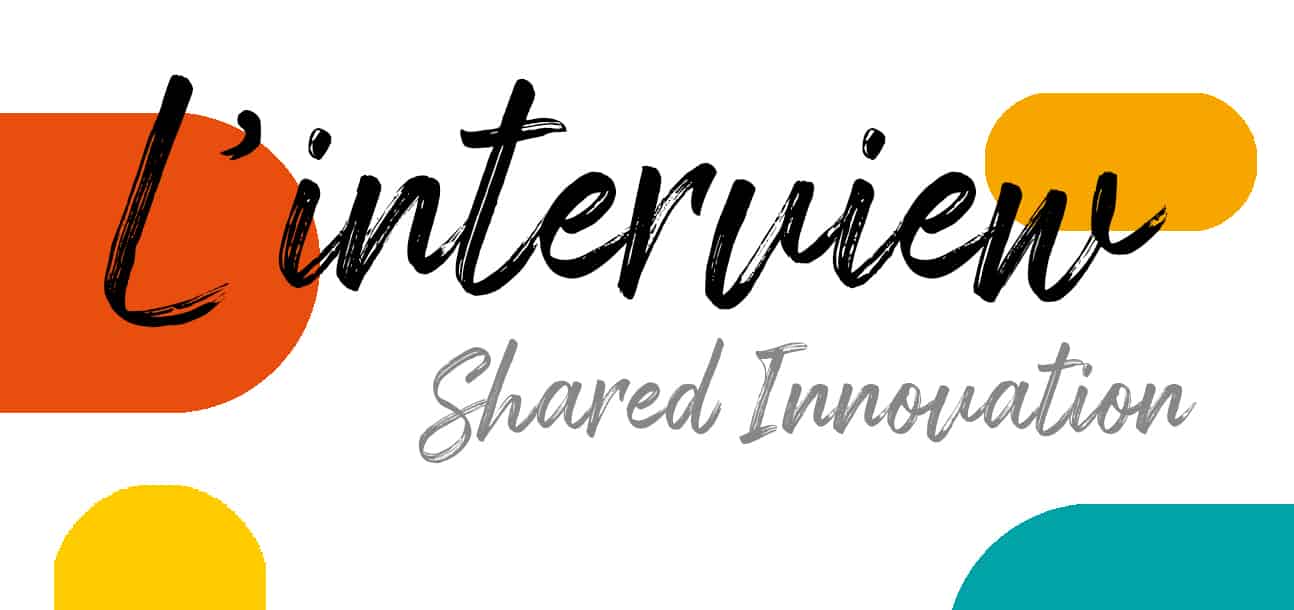
Interview of the month: Thibaud Jeannotin
3 minutes of reading
Thibaud Jeannotin, VR Project Manager, talks to us about the different applications for VR at Bouygues Construction and the benefits of the technology.

How is VR used in Bouygues Construction?
The aim of VR is to immerse someone in a virtual world they can interact with, either on a computer or using a VR headset. Users can also interact with the virtual world using accessories like controllers or just a mouse. The three main areas we are going to use VR in are training for health and safety, production, and project reviews.What are the benefits of using virtual reality during project reviews and production?
During a call for tenders, the project team orders the final version of their design in VR to finalise all details with the client and to promote their project. This makes it easy for the client to visualise the final product. VR was recently used for the centralised control and supervision room in the Smart City project in Dijon. Being able to visualise the project in this way made it easier to finalise the design, which was quite complicated because the facility will accommodate all of Dijon’s current control points (security, traffic, etc.) VR can also be used to review projects. It can be used to modify models or materials, as was recently done for bedrooms in a residential care home design. We also use VR to get a sense of how users interact with their surroundings. We recently did this for Challenger (Bouygues Construction’s headquarters) from the point of view of a wheelchair user in order to see what parts of the building were difficult or easy to access. We also use VR when developing commercial offers. The Comuneo offer was designed using VR with a design created by Elan, including different options. The project involves creating accommodation and services overseen by a ‘social facilitator’ to encourage interaction and co-living in our residential and neighbourhood projects. VR allowed us to finalise the design of the offer. The benefit of using VR in these areas is that it enables us to see a project from the perspective of the end user, either in terms of design or how they will interact with the building. This helps our teams to save time and it is an effective tool for communication between the client and the project designer.How does VR add to health and safety training?
The aim is to train employees and siteworkers without any direct risks at a lower cost, all the while exposing them to ‘real-life’ scenarios. VR will be an additional training package to the trainings that already exist, and will propose learning by doing throw an immersive situation. . VR allows employees to use new tools and materials and to learn about dangerous situations on construction sites. Mehdi Hafsia, who is doing his phD at Bouygues Construction on the use of VR in health and safety, is developing a training programme for new construction site tools. As well as educating employees, on one hand he wants to prevent musculoskeletal issues related to working on a construction site, and on the other hand he wants to allow the trainer and the ergonomist to assess the quality of the workstation ergonomics to improve it. The project includes physical simulations of the work done at construction sites and the use of a VR headset. The virtual equipment workshop will measure the physical efforts made by the user throughout the exercise. Site workers will be shown the correct movements and postures to adopt. This makes it easier for siteworkers to learn good habits to protect their health.What does the future of VR in our business lines look like?
The end-goal for VR is for it to be completely part of the BIM (Building Information Model) process, meaning that both will be interlinked and any changes in one will be automatically included in the other. So, in a few years architects, BIM Managers, and designers will be able to see their model in real time, in real-life settings, and the finished product. In time, VR will be used in all projects, like we want to do with BIM. This technological and digital progress will make it easier for different teams and business lines to work together because they’ll have a better communication tool at their disposal. VR makes it easy to see the final product, particularly for people who aren’t used to reading blueprints. Such models would be ideal when meeting future users or residents.More reading
Read also




What lies ahead? 7 megatrends and their influence on construction, real estate and urban development
Article
20 minutes of reading

